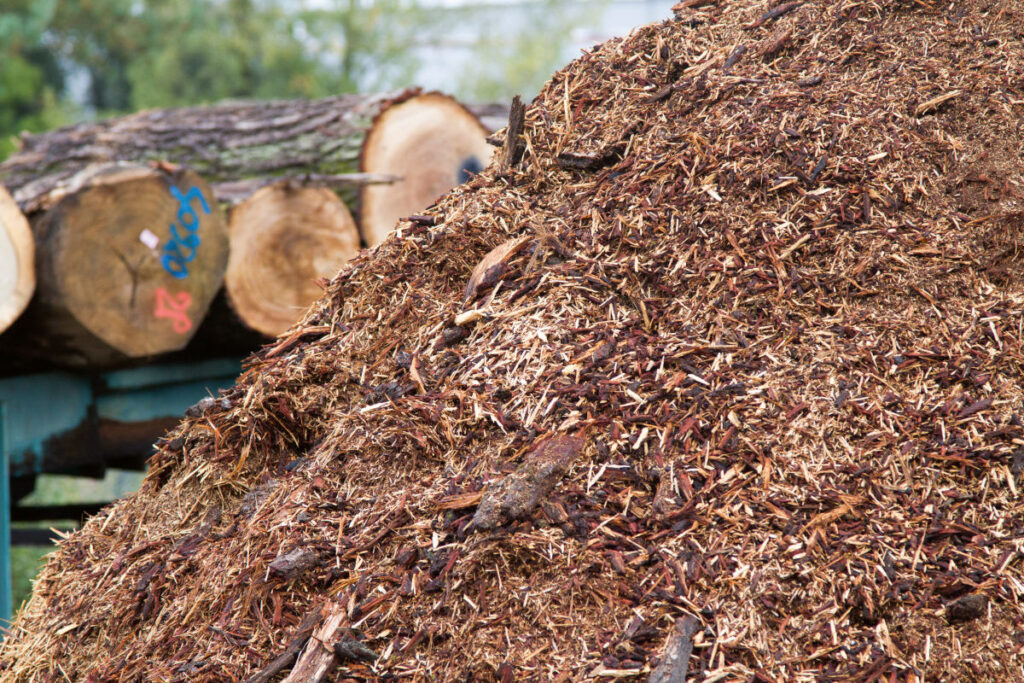[LUM#19] Forever wood
From the domestication of fire in prehistoric times to the pellet stoves that are now commonplace in our living rooms, wood remains an essential source of energy. It is an energy source with a promising future, thanks in particular to research aimed at optimizing its use in order to better preserve the resource and the environment.

One third of the world's population, or 2.4 billion people worldwide, use wood as their primary source of energy, whether for cooking, heating, or even generating electricity. "Wood is the main energy resource in southern countries, " explains Bruno Clair, a CNRS researcher at the Montpellier Laboratory of Mechanics and Civil Engineering (LMGC)* and co-director of the Master's program in Wood Sciences.
However, its use is widespread across both hemispheres, as evidenced by the 88.5 million people who use wood fuels as their primary source of heating, mainly in North America and Europe. "In fact, the University of Montpellier's premises are themselves heated by a wood-fired boiler, " notes the researcher.
Tense market
And wood is on the rise everywhere: "It is the leading source of renewable energy in France, ahead of solar and wind power. And in a tense market where gas and oil prices are skyrocketing, more and more people want to heat their homes with wood, " says Bruno Clair.
How can we preserve wood resources in the face of ever-increasing demand? "Wood is essentially a renewable energy source because when you cut down a tree, another one grows back if the forest is managed sustainably, " explains the researcher. In fact , France's forest area is expanding, growing from 9 million hectares in 1840 to 14 million in 1985 and 17 million hectares in 2021.
A more worrying situation on a global scale: according to the United Nations Food and Agriculture Organization, an estimated 420 million hectares of forest have been lost worldwide since 1990. "But this deforestation has little to do with the use of wood as a source of energy or material! Most of these trees are cut down to create new agricultural land, " explains Bruno Clair. "It's important to note that a significant portion of the population in Africa grows crops to produce their own food, and since these food crops are more productive on newly deforested land, this is still the most widespread practice today," adds François Pinta, a researcher at the BioWooEB (Biomass, Wood, Energy, and Bioproducts) laboratory.
Best option
For the LMGC researcher, wood heating is often the best option. "There is a balance between the CO₂ emissions generated by burning wood and the amounts of CO₂ absorbed during tree growth, but we must also take into account the energy expenditure involved in harvesting and transporting it. For wood energy to be virtuous, it must be used at the end of the chain, after the most valuable wood has been used for purposes where carbon will be stored for long periods of time, such as in construction, " Bruno Clair explains.
A very good carbon footprint does not mean, however, that wood heating is not synonymous with pollution. "When combustion is carried out properly, wood can be considered to emit virtually no greenhouse gases, but for this to happen, the combustion processes must take place under the right conditions," explain François Pinta and Kevin Candelier, also lecturers on the Master's in Wood Sciences program.
Clean up the fumes
Optimizing these processes is precisely one of the areas being developed by the two researchers and their colleagues at the BioWooEB laboratory. " Certain wood-energy processes, such as wood pyrolysis, release a wide variety of gaseous molecules, not only carbon dioxide, but also carbon monoxide, fine particles, and other volatile compounds, such as acetic acid, for example," explains Kevin Candelier. "We analyze the composition of these fumes produced under different conditions to better understand them and seek to make use of them."
This is because some of the chemical compounds emitted can be highly polluting for the environment and toxic to human health. " Our research aims to reduce pollution linked to the use of wood energy, in particular by targeting the depollution of fumes from the charcoal production process, " explains François Pinta.
And while optimizing wood energy use processes helps protect the environment and human health, the benefits of this research go far beyond that. "If fuel is used efficiently, we reduce wood consumption, thereby reducing costs and pressure on natural resources. This research offers a truly virtuous circle of improvement, " concludes François Pinta.
A healthy gas
When it comes to generating energy from biomass, BioWooEB researchers use every means at their disposal. Biomass can be subjected to various conversion processes: combustion, carbonization, torrefaction, pyrolysis, flash pyrolysis, and even gasification. "Gasification is a thermochemical transformation that involves breaking down a solid carbon-based fuel under the effect of heat in the presence of a gaseous reagent, " explains François Pinta. The end result is a gas that can be used as fuel. Its nickname? Syngas, for synthetic gas. Once purified, it can be used to power an internal combustion engine to generate electricity or in an industrial burner to produce heat. In both cases, it aims to replace fossil fuels and drastically reduce greenhouse gas emissions. "Syngas is very useful when you need to obtain controlled heat, for example to fire clay bricks at very high temperatures. Our team is currently monitoring new applications being implemented in companies in France and Occitanie, " explains the researcher.
To listen to
* LMGC (UM, CNRS)
**BioWooEB (Cirad)
Find UM podcasts now available on your favorite platform (Spotify, Deezer, Apple Podcasts, Amazon Music, etc.).